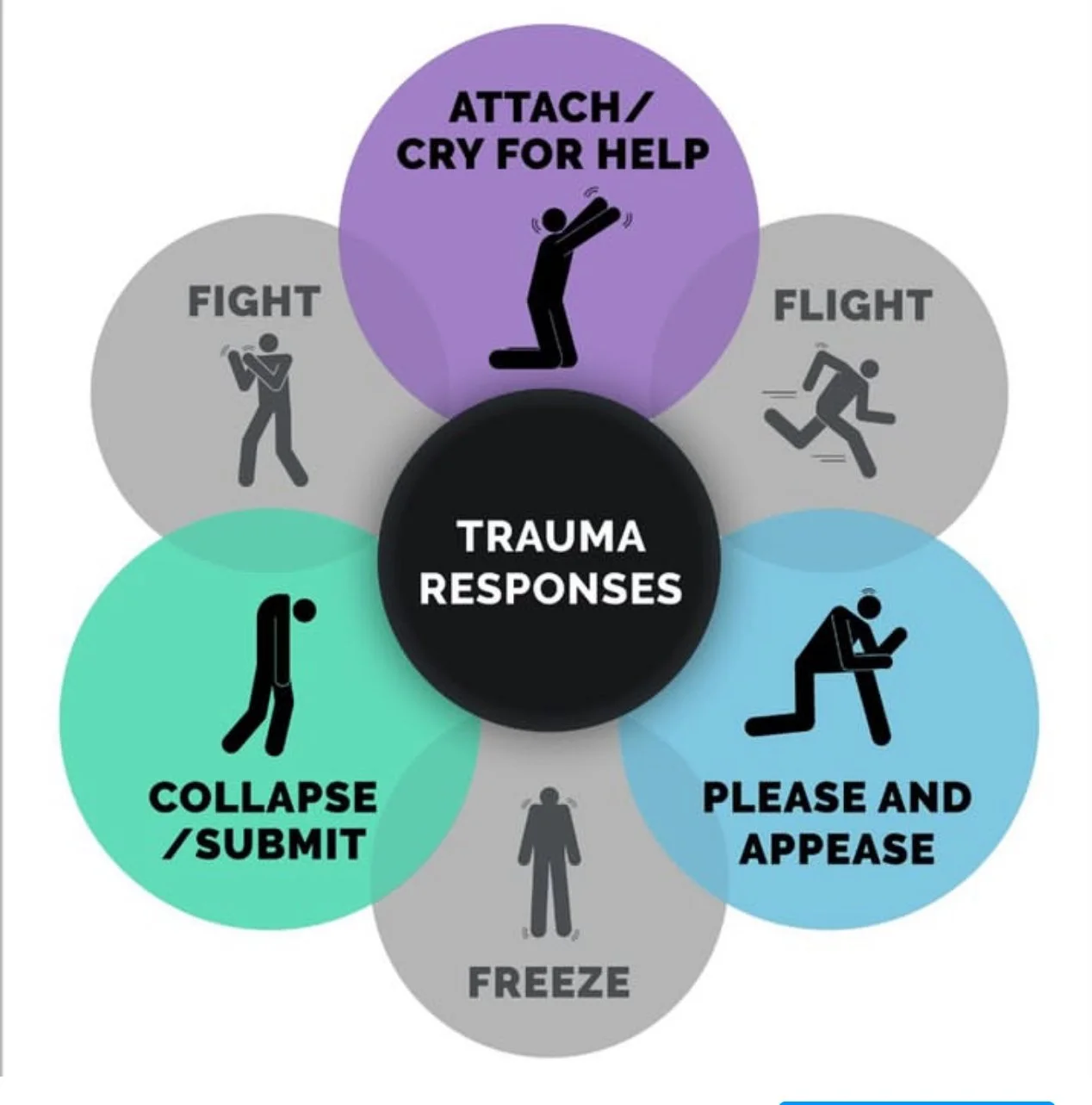The Circle of Wellness Newsletter 7/25
Finding hope and meaning in seemingly hopeless situations is one of the deepest and most human challenges we face. While there’s no one-size-fits-all formula, here are some grounded, compassionate, and practical approaches that many people have found helpful:
1. Shift from “Why me?” to “What now?”
Instead of dwelling on why something happened, ask:
“What can I learn from this?” or “How can I respond with purpose?”
This shift doesn’t minimize your pain—it reframes it toward growth and agency.
2. Anchor to Small Acts of Control
In hopeless moments, your world can feel out of control. Find even one thing you can influence:
Getting out of bed
Drinking water
Sending a message to a friend
Writing one sentence in a journal
These are small rebellions against despair. They remind you: You still have power.
3. Connect with Others
Even if you can’t explain everything, being seen and heard is powerful:
Talk to a trusted friend or counselor
Join a support group
Even reading others' stories of hardship and resilience can help you feel less alone
Isolation fuels hopelessness. Connection tempers it.
4. Find or Create Meaning
Viktor Frankl, a Holocaust survivor and psychiatrist, emphasized that we can find meaning in suffering:
Maybe it’s to help someone else in the future
Maybe it’s to grow stronger or wiser
Maybe it’s to show love in the face of cruelty
You don’t have to know the meaning right away. Sometimes it unfolds over time. But the search itself can be life-affirming.
5. Allow Yourself to Grieve
Hopelessness often comes with real loss—of a dream, a person, a future you imagined.
Don’t rush to be “positive.” Let yourself feel sadness, anger, fear.
This is part of meaning-making, not its opposite.
6. Hold on to What Transcends the Moment
Whether through spirituality, art, nature, music, or helping others—there are things that exist beyond pain:
The sunrise still happens
Music still stirs the soul
Acts of kindness still matter
You still matter
7. Tell a New Story
With time, you may be able to look back and say:
“That wasn’t the end of my story. It was a chapter—painful, yes—but not the final word.”
Your story is still unfolding. This moment is not the whole book.
I’m currently accepting new clients for Psychotherapy and MARI sessions. All current clients receive 20% discount for MARI services, and newsletter subscribers receive 10% discount as new clients.
Trauma responses go well beyond the known fight/flight action. Traumatic experiences, especially in childhood, can produce various adaptive responses that persist well into adulthood. See which one may be present in your life.
Attachment refers to the relationship we form with our primary caregiver as a child. This relationship can take many forms, depending on how our caregiver responds to us when we’re in distress. Caregivers who are attuned to and consistently respond to our needs will help us feel safe and secure in the world. As a result, we develop a secure attachment style. Explore information about attachment styles development and what happens if caregivers neglect or are inconsistent in their care provision.
Read more here Attachment Trauma: What is it? - Attachment Project
A silent epidemic of chronic illnesses afflicts tens of millions of Americans: these are diseases that are poorly understood, frequently marginalized, and can go undiagnosed and unrecognized altogether. Renowned writer Meghan O’Rourke delivers a revelatory investigation into this elusive category of “invisible” illness that encompasses autoimmune diseases, post-treatment Lyme disease syndrome, and now long COVID, synthesizing the personal and the universal to help all of us through this new frontier.
Get her book here.
If you live close to NYC, The Integrative Health and Wellbeing program at NewYork-Presbyterian, in collaboration with Weill Cornell Medicine, may be beneficial to you as an individualized, holistic, and evidence-based approach to healthcare.
They partner with you to help you improve your physical, mental, and spiritual well-being. Their approach to your care includes:
A 45-60 minute evaluation by our dual-certified integrative medicine and internal medicine physicians
Comprehensive physical exam
Review of your medical records and laboratory testing
If needed, recommendation of additional testing
Thorough discussion and education about lifestyle management, behavioral modification, and if needed, recommendations for adjunctive therapies
If needed, referrals to recommended services: acupuncture, massage therapy, nutrition counseling, yoga instruction, mindfulness coaching, and meditation instruction.
They also often provide online trainings in mindfulness, meditation and other holistic practices, so contact them to find out about the schedule. In certain instances, courses may be covered by your insurance.
436 East 69th Street
New York, NY 10021
Mon-Fri 09:00am - 05:00pm
(646) 697-9355
Box breathing, also known as square breathing, is a relaxation technique where you inhale, hold, exhale, and hold your breath for equal counts, typically four seconds each, mimicking the sides of a box. This controlled breathing pattern is used to calm the nervous system, reduce stress, and improve focus.
July is Disability Awareness Month. If you have any visible or invisible disability, or struggle with a chronic illness, know that they don’t define you. You’re much more than your illness or disability! You’re most likely posses a resilient spirit and compassionate towards yourself and others. This month, try to practice mindful self-kindness, whether you struggle with any disabilities or not, and be proactive in your self-care.









